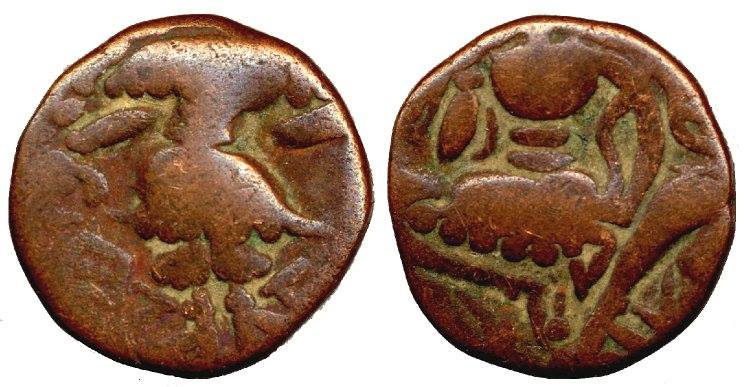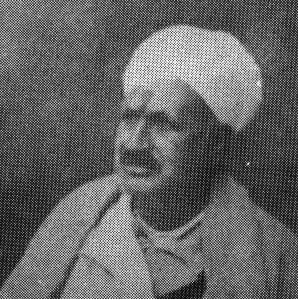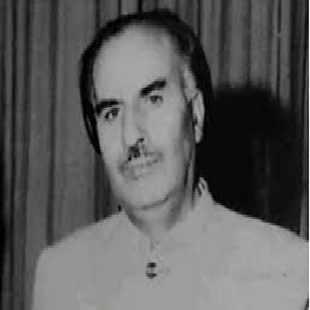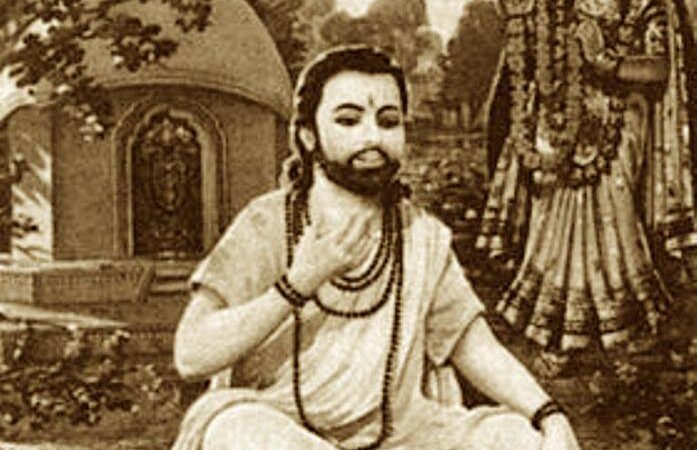A History of Kashmiri Pandits by Jia Lal Kilam
“A History of Kashmiri Pandits” by Justice Jia Lal Kilam, was first published in 1955. It was very well received, much for its record of the socio-political & historical importance. The scholars & general readers appreciated the publication within the Kashmiri pandit community & outside as well. The contents of the publication are relevant even […]











